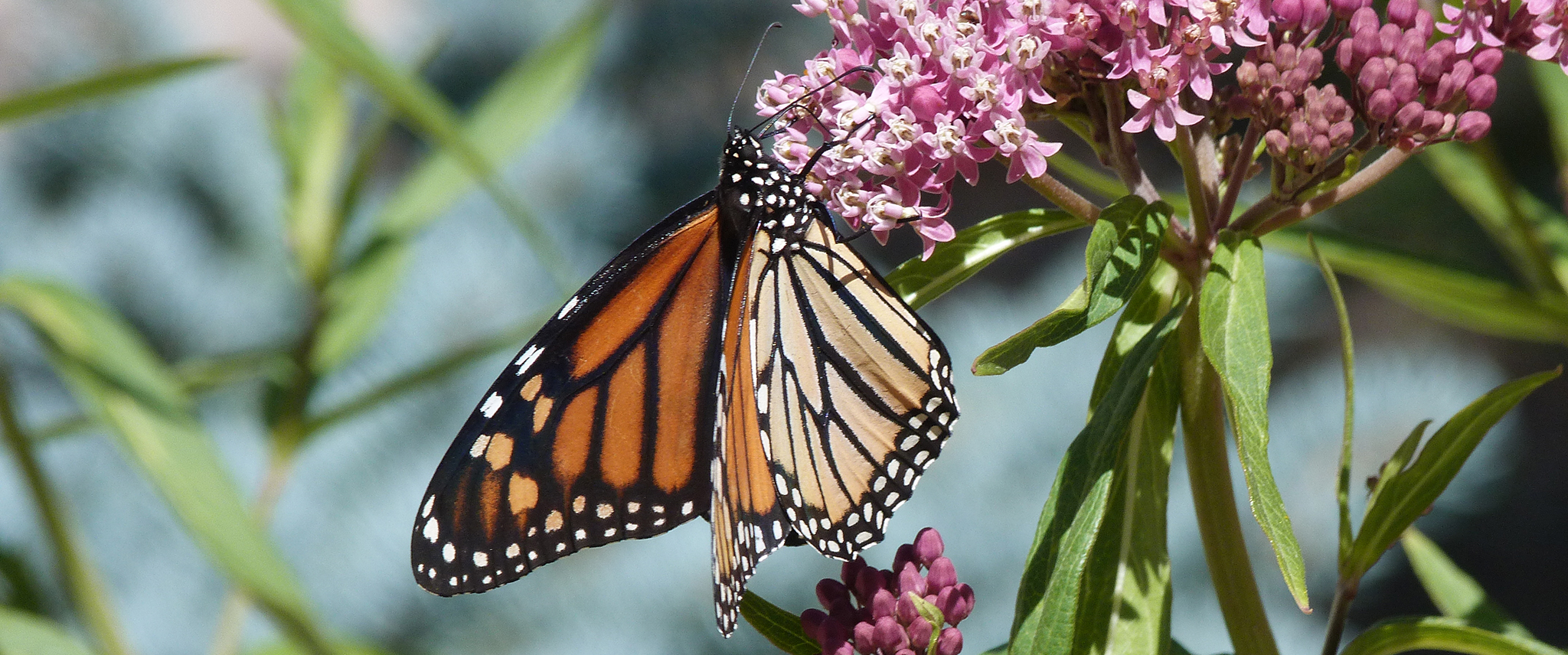Conference Schedule
December 5, 2024 from 9 AM to 4 PM
Tentative Conference Schedule
| Time | Title | Presenter |
|---|---|---|
| 9:00 | Welcome | |
| 9:05 | Keynote | Julia Kumari Drapkin, ISeeChange |
| 10:00 | Session I: Project Slams | |
| 10:00 | Conserving Our Native Bumble Bees, One Photograph at a Time (Mountain States Bumble Bee Atlas) | Amy Dolan, Xerces Society for Invertebrate Conservation |
| 10:09 | Mullen Fire Community Science Initiative | Linda van Diepen, UW Ecosystem Science and Management |
| 10:18 | Hopping Into Action: The Boreal Toad Conservation Team | Kinsey Greve, Denver Zoo Conservation Alliance |
| 10:26 | Vulture Watch Wyoming - Bringing the Focus to an Underappreciated Bird | Elizabeth Wommack, University of Wyoming Museum of Vertebrates |
| 10:34 | Quick Break | |
| 10:40 | Session II: Presentations | |
| 10:40 | Engaging Your Community in the USFS Region 2 Rocky Mountain Native Plant Materials Program | Maggie Gaddis, Colorado Native Plant Society |
| 11:10 | Golden Years, Golden Discoveries: Science Outreach at Senior Centers | Sabrina White, UW Zoology and Physiology |
| 11:30 | IDAH20 Master Water Stewards: Growing Other Extension Education Programs | James Ekins, University of Idaho Extension |
| 11:50 | Break for Lunch | |
| 12:40 |
Session III: Posters Do Vultures Take Showers: Observations and Future Questions from Participating in Community Data Collection Conserving Our Native Bumble Bees, One Photograph at a Time (Mountain States Bumble Bee Atlas) Wyoming Naturalist Program: A Treasure Trove of Trained and Passionate Volunteers |
Anna Petrey, UW Psychology Amy Dolan, Xerces Society for Invertebrate Conservation Mason Lee, UW Biodiversity Institute |
| 1:05 |
Session IV: Presentations Fueling High School Curriculum Through Community Science |
Zoe Pritchard, Marin Hunt, Leo Valdivia, Aislyn Cooper, Drew Cooper, Olivia Dolan (Bozeman Field School); Suzi Taylor (Montana State University Science Math Resource Center) |
| 1:25 | Exploring Resilience as it Pertains to Self-Reported Psychological and Social Benefits of Active-Duty Airmen and their Families Stationed at F.E. Warren AFB in Cheyenne, Wyoming | Sarah Delgado, Wyoming Naturalist Program |
| 1:45 | Session V: State of Community Science | |
| 1:45 | Breakout Room Discussions | |
| 2:25 | Quick Break | |
| 2:30 | Build Your Skills: Best Practices in Graphic Communication | Kayla Clark, UW Communication and Journalism |
| 4:00 | Conference Ends |
Featured Workshop
Title: Graphic Design Basics: Best Practices
Presenter: Kayla Clark, Assistant Professor in the Department of Communication and Journalism and the Haub School of Environment and Natural Resources at the University of Wyoming.
Kayla Clark joined the Haub School as an assistant lecturer in 2021. Prior to academia, Kayla owned a design and marketing studio, building an international professional practice. Kayla’s expertise is in graphic design with a focus on archetypal print and digital design as well as exhibit installation and industrial design. She works closely with natural and social scientists on STEAM collaborations and provides creative strategies to scientific communication. Her creative research includes the merging of new technologies with 14th-century style letterpress printing, an early form of graphic design. Kayla also teaches in the Communication and Journalism Department and the Art & Art History Program at the University of Wyoming.


